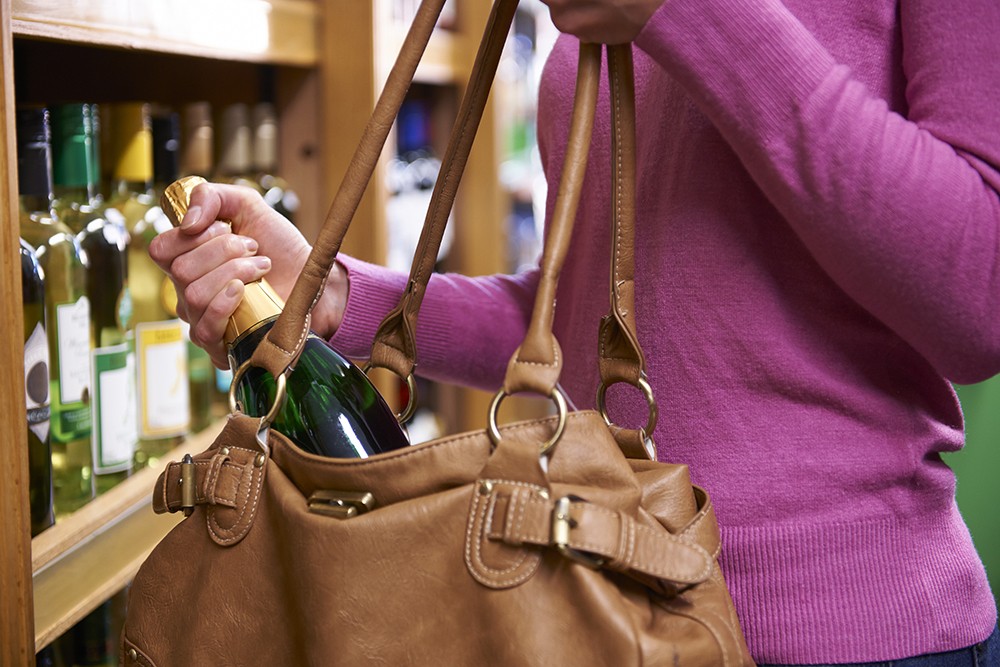When it comes to identifying a shoplifter, there is no single type. Shoplifters come from all demographics and may steal for a variety of reasons, whether that’s poverty, an adrenaline rush, or because the opportunity arises.
But according to a recent article in Business Insider, staff are often the first to notice specific behaviors that indicate an offence is about to take place.
Here are the key shop theft clues often noticed by retail staff…
Body language
The way a customer conducts themselves instore is a major indicator as to whether their intentions are genuine or more devious.
The retail staff interviewed by Business Insider note a customer who appears too nervous or overly relaxed is often trying to conceal their real motive for entering a retail outlet.
“Some shoplifters often try ‘harder than normal to blend in’,” one US retail employee said. Other customers might appear more on edge, hurrying through a store without making eye contact with staff.
Head down, no contact
This lack of eye contact is a suspicious sign many retail employees believe raises an immediate red flag.
Often this failure to interact with either staff or other consumers extends right through the shoplifter’s entire visit to a store, seeing them avoid any meaningful contact or conversations with sales associates.
It might be because they feel guilty, are preoccupied with the intended theft at hand or don’t wish to be remembered, but patrons who avoid interaction often indicate something’s amiss.
Assessing the store, not the products within it
When a customer looks around more at the shop than the merchandise, it can also be a key clue a person is scoping the store rather than looking to enjoy the retail experience within it.
They may be seeking clues on security systems in place or assessing their ease of exit. But either way a customer who is looking up and around rather than at the products on offer may not be visiting for entirely legitimate reasons.
Importantly, this potential thief may not be seeking to steal during their initial visit, but might actually be marking a target for future theft.
Oversized clothes and excessive bags
Unseasonal or overly large clothing is often touted as a signal a shopper might be considering concealing merchandise. The anecdotal evidence from retail associates confirms this is a definite clue.
“Customers with ‘baggier clothing’ sometimes stick out, given that sagging garments offer shoplifters more room to hide stolen goods,” Business Insider reflects.
Meanwhile, large bags can also be employed to conceal items, and some are even designed to interfere with older-style Electronic Article Surveillance systems.
A target in mind
Whether it’s electronic accessories, top shelf liquor, or clothing, a shopper who makes a beeline for a specific area of the store could also offer a clue they have something in mind to steal.
Meanwhile, some products and departments of a retail outlet are more prone to theft than others.
“Shoplifters ‘usually go straight to electronics, cosmetics, or clothing’,” one retail employee noted, while another agreed “someone with their ‘head down’ walking straight towards electronics could raise some red flags”.
The regular offender
The biggest clue of all comes in the form of the frequent offender who regularly steals from an outlet and whose suspicious behaviour has previously been noticed by staff.
“We usually know who our thieves are,” one retail employee told Business Insider.
Offenders often visit a location or chain of outlets more than once, especially if they identify flaws in their security and surveillance.
Best prevention strategies
The best loss prevention involves using multiple strategies and having a comprehensive approach to product security.
It includes:
- Educating staff as to the behaviour of shoplifters and suspicious activity to watch out for
- Utilising electronic article surveillance like security tags and labels to monitor stock
- Implementing regular stock takes and RFID inventory tracking to ascertain whether items are stolen and what stock is most at risk
- Creating good store layout to eliminate hidden areas, and position high value stock/commonly stolen items within view of staff
- Offering good customer service
- CCTV monitoring
- Using tethered cables, lockable displays and cabinet locks for high-value and frequently stolen items
You can learn more about selecting the right EAS security options like security tags and labels for your retail environment, or contact our friendly staff for further advice.
